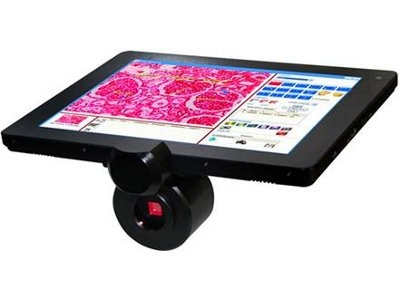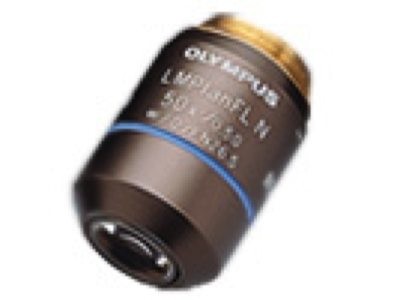Microscopy & Image Analysis Equipment
Micrscopes and image analysis equipment are workhorses in the laboratory. Although microscopy started out in the life sciences arena, unveiling the mysteries of cells and bacteria, almost every industry now takes advantage of its capabilities.
Applications
- Materials science
- Polymer science
- Engineering
- Nanotechnology
- Forensics
- Environemntal
- Pharmaceutical
- Semiconductors, and more.
Range of Microscopy Instrumentation
Optical microscopes use light illumination, lenses, and often a digital camera to magnify images, with a typical resolution limit of about 0.2 µm and magnification in the 1500× range for visible light. Types include stereomicroscopes,
compound microscopes, and laser-based
Raman systems.
Confocal and
fluorescence microscopes, including laser scanning and spinning disk variations, permit live cell imaging. Options include upright versus inverted frame, and polarizing versus nonpolarizing light.
Electron microscopes use an electron beam to illuminate samples, significantly enhancing resolving power.
Transmission electron microscopy (TEM), with its 68-picometer resolution limit, has benefited from today’s lower-cost image processing and data storage. A particular benefit of
scanning electron microscopy (SEM) is its ability to give highly detailed depth of field at high magnification.
In
scanning probe microscopy, images of the surface of a sample are produced.
Scanning tunneling microscopy (STM), which uses a stylus to produce detailed 3-D images;
atomic force microscopy (AFM); and
near-field scanning optical microscopy all fall under this heading.




What Are Examples of Microscope Accessories?
A range of accessories including image analysis software, CCD cameras, filter wheels, and light sources support various types of lab microscopes.




What Are Some Considerations When Purchasing Microscopy And Image Analysis Equipment?

When considering solutions to advance your current instrumentation, key considerations can vary widely from one product type to another. Not all instrumentation performs in the same manner; imaging techniques vary from system to system. General considerations include: type, which is dependant on the application requirement; size, as the lab bench or lab space is a commodity; portability, as many applications are taken on-the-go outside of the traditional lab environment; resolution; and price point, some systems are quite affordable, while others require a more flexible laboratory budget.
Microscopy: An Advancing Technique
Microscopy is a growing market that continues to evolve; following are a few recent advances:
- Microscope attachments that permit nanomanipulation of individual cells and nanotubes
- Techniques that enhance the tissue engineering process
- New imaging methods such as multiphoton, TIRF, and super-resolution microscopy that have revolutionized cell biology.